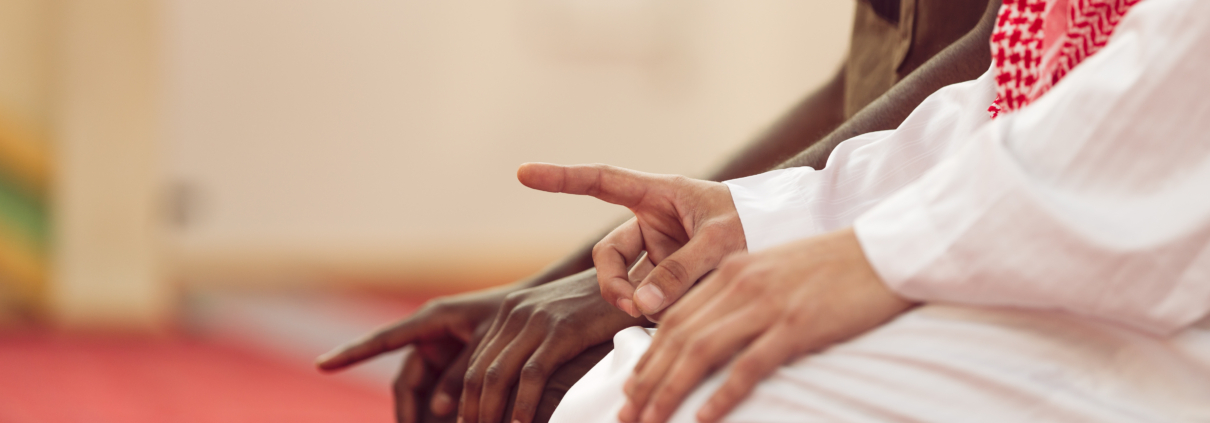The Fiqh of Praying Sitting Down
Hanafi Fiqh
Answered by Ustadh Tabraze Azam
Question: I recently started having this knee pain which the doctor says is likely tendonitis. When I go down to ruku it hurts and when I sit during tashhahud it hurts because of the flexing of the knee. Basically my knee hurts when i flex it and put weight on it. It doesn’t hurt when I’m standing. I wanted to know what is the fiqh of praying while sitting if one has an issue like this? I don’t want to exacerbate the condition any further, so I would like to start praying sitting for some time to allow my knee to recuperate.
Answer: Wa alaikum assalam wa rahmatullahi wa barakatuh,
I pray that you are in the best of health and faith, insha’Allah.
If it is painful to go fully into the bowing posture (ruku`), perform a minimal bowing which is simply to reach to your knees with your hands. If it is painful in the sitting (tashahud) posture, you may sit in any way that is comfortable (for example, cross-legged). If that is also very difficult, you may sit up on a stool or something similar for the final sitting (tashahud).
The Fiqh of Standing for the Obligatory Prayer
If you are able to perform the prostrations, it would remain obligatory (fard) to stand unless:
[a] You are physically unable,
[b] Doing so would cause intense, unbearable pain/dizziness, or
[c] You have reasonable fear that doing so would worsen the injury/delay its healing.
Reasonable fear is established by: [i] Expert medical opinion of an (outwardly) upright Muslim doctor, [ii] clear signs (such that no two people would disagree), or [iii] past, relevant experience (of resulting harm).
If you can stand — even momentarily (e.g. for the takbir) — you would do so to the extent possible before sitting on the floor to continue your prayer.
When One Cannot Stand
In such a case, you would sit on the floor — in the tashahud posture or if difficult, any comfortable position — and pray normally with actual prostrations. If you are unable to prostrate, you would pray sitting — ideally on the floor — and with head movements. If sitting on the floor is difficult, you would pray seated — on a chair/stool or the like — and with head movements.
[Shurunbulali, Maraqi al-Falah; `Ala al-Din `Abidin, al-Hadiyya al-`Ala’iyya]
And Allah alone gives success.
Wassalam,
Tabraze Azam
Checked & Approved by Faraz Rabbani
